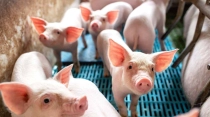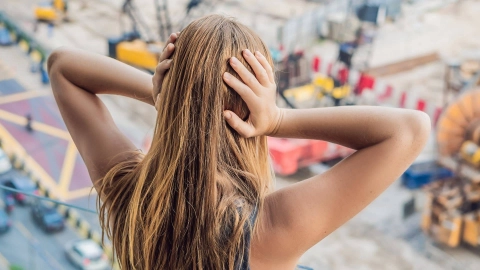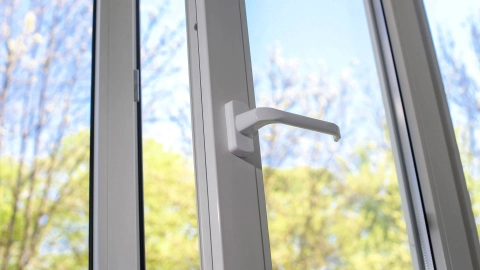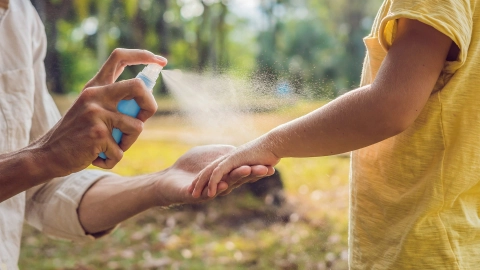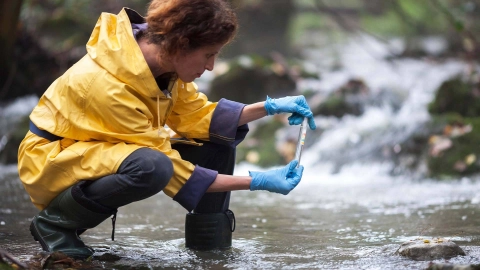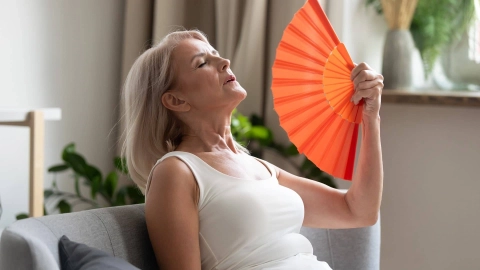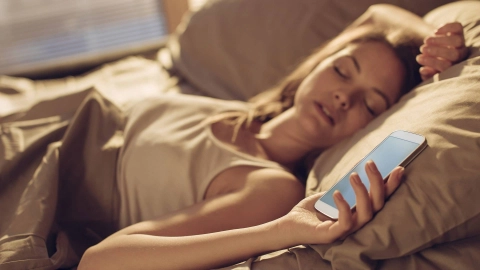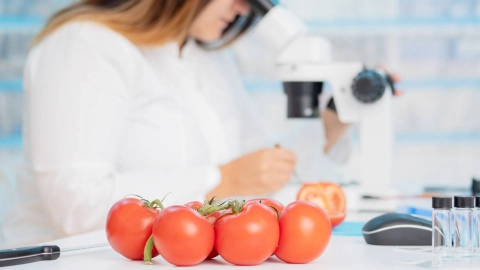A clean home is important to prevent health problems. Learn what you should pay attention to with home hygiene here.
Find out more
Food can contain germs that cause disease. However, most food-related infections can be avoided with simple hygiene measures.
Find out more
Zoonotic diseases are infectious diseases that can be transmitted between humans and animals. Known examples are rabies and Lyme disease (borreliosis).
Find out more
The ozone layer in the stratosphere shields the earth from UV radiation. However ground-level ozone can damage health.
Find out more
This article explains how noise can affect health and what protective measures exist.
Find out more
Studies indicate an increase in allergic respiratory diseases due to climate change. The principal reason is the increase in the pollen count. Read more how allergies are connected to climate change.
Find out more
This article explains how household pollutants can get into the air, what the consequences can be and how you can protect yourself.
Find out more
Air pollution can not only trigger respiratory diseases, it is also a significant risk factor for the development of cardiovascular diseases.
Find out more
Urgent action is required if poisoning is suspected. This article explains the signs of poisoning and what first aid measures can be taken when it happens.
Find out more
Climate change can affect the spread of mosquitoes and ticks and the pathogens they transmit. What pathogens are involved and what can be done to protect against them?
Find out more
When antibiotics enter the environment, antibiotic-resistant bacteria can evolve and spread. This article explains how this happens.
Find out more
Heatwaves can cause health problems. There are simple ways to reduce the risk of heat-related health conditions.
Find out more
Heatwaves can cause serious health problems in older people and people in need of care in particular. Precautions can be taken that significantly reduce the risk.
Find out more
Bacteria can become insensitive to antibiotics – especially if these drugs are used incorrectly. Responsible use is essential to the fight against increasing antibiotic resistance.
Find out more
The term “electrosmog” is sometimes used to refer to electromagnetic fields, which some people fear may have a harmful effect on health. But is electrosmog really a health risk?
Find out more
Laundry detergents, washing-up liquids and cleaning agents are made from various chemical substances. Find out the key considerations when dealing with these household chemicals.
Find out more
Chemicals are needed to make clothing textiles. But can these substances affect people’s health?
Find out more
Food can contain substances that are harmful to health. What are they, where are they found and how can people protect themselves?
Find out more
Hygiene in hospitals is important to provide protection against infectious diseases. Read more here about typical pathogens found in hospitals and about hygiene measures.
Find out more
Exposure to natural and artificial ultraviolet (UV) radiation can cause lasting damage to the skin and eyes. It is the primary risk factor for skin cancer.
Find out more






